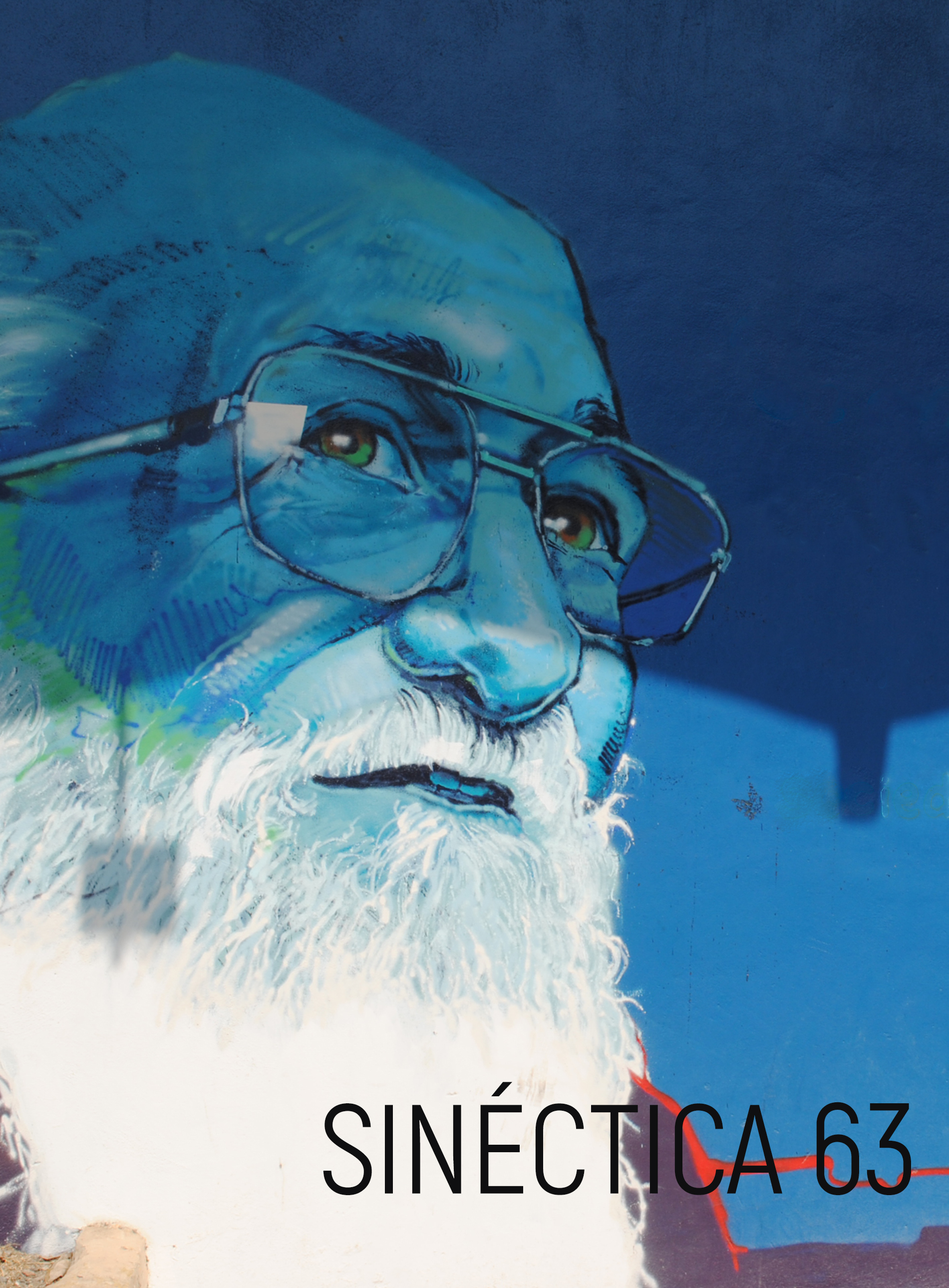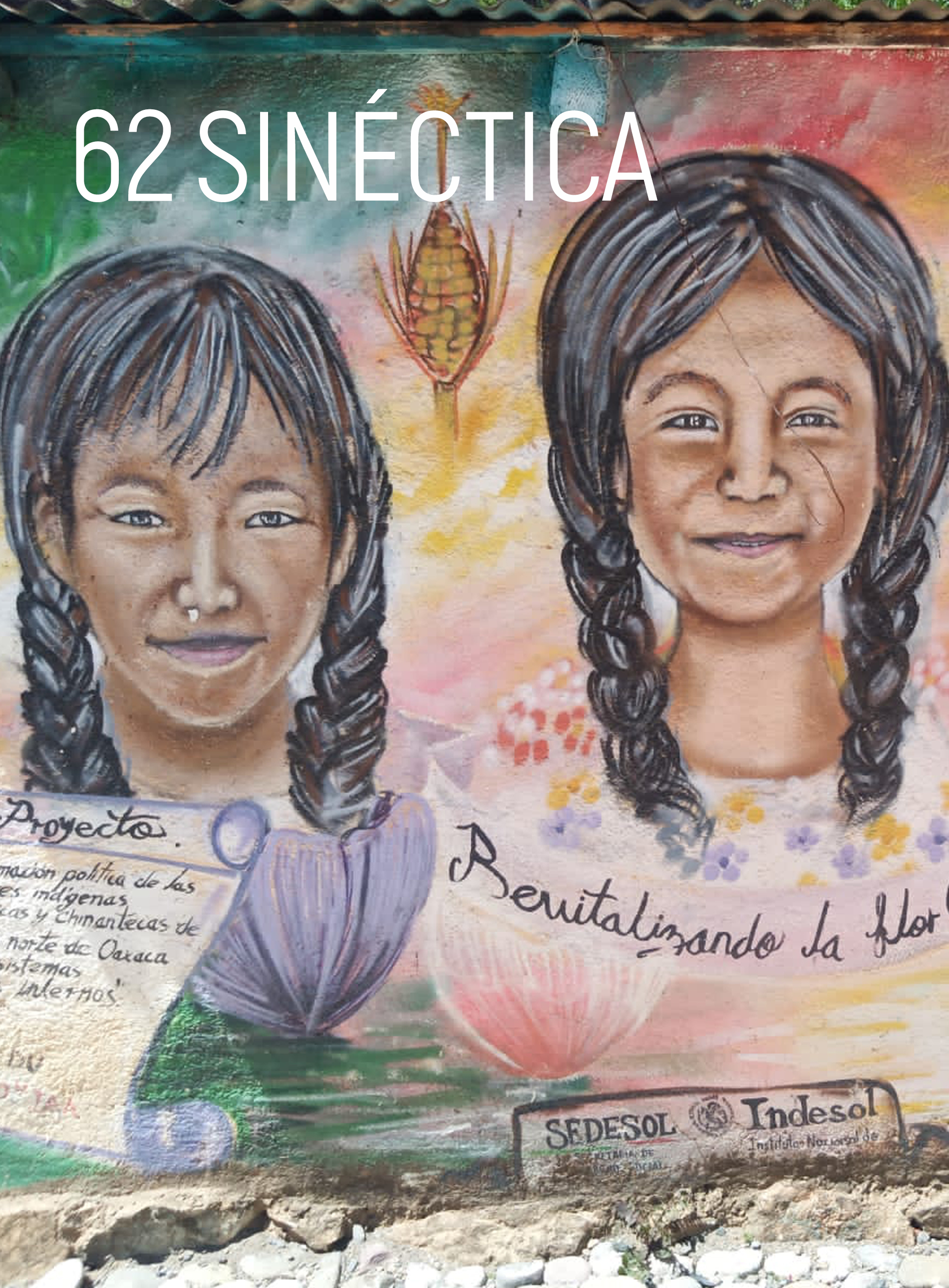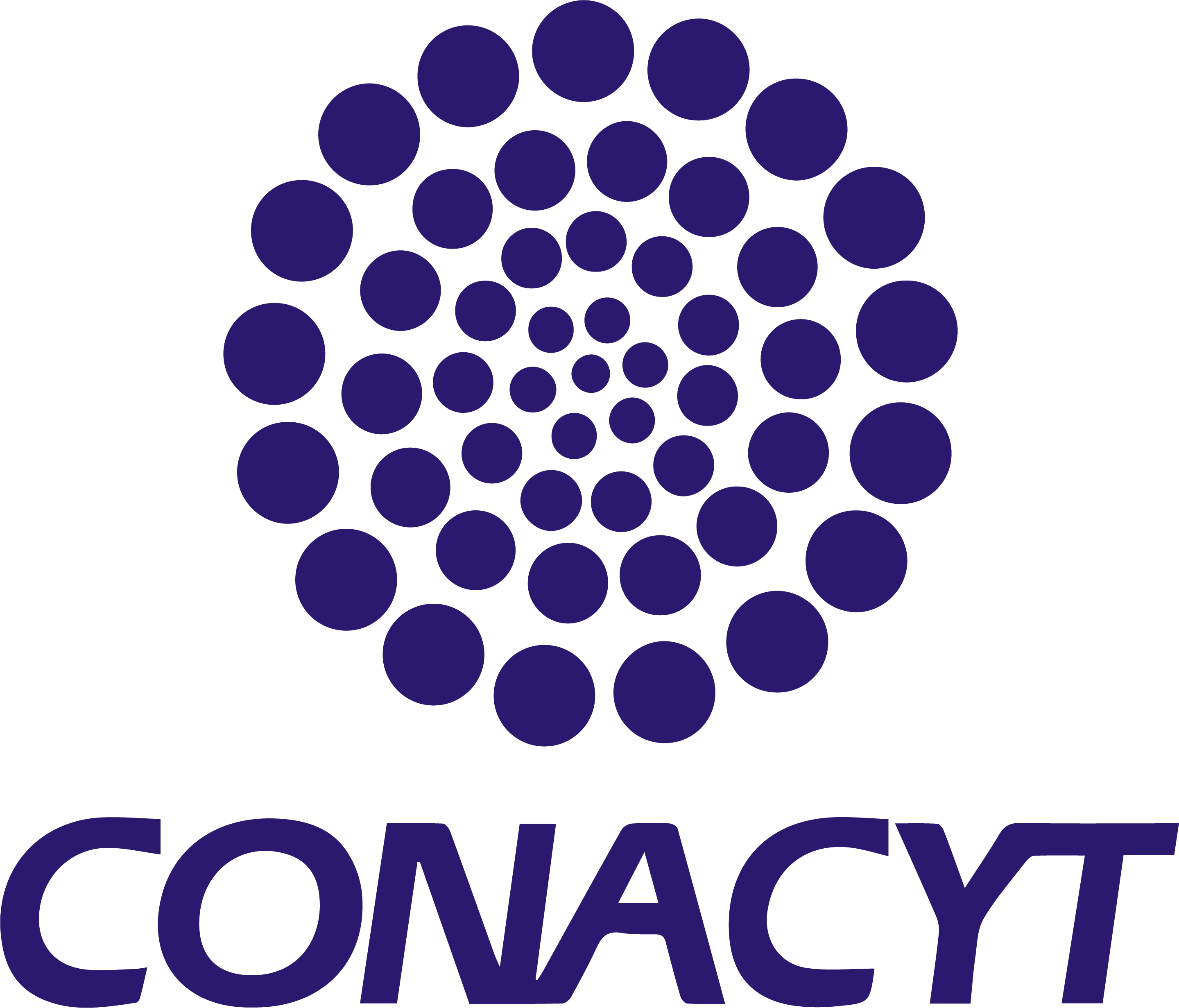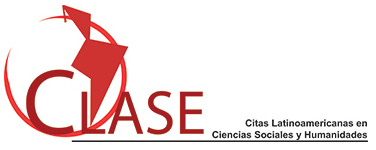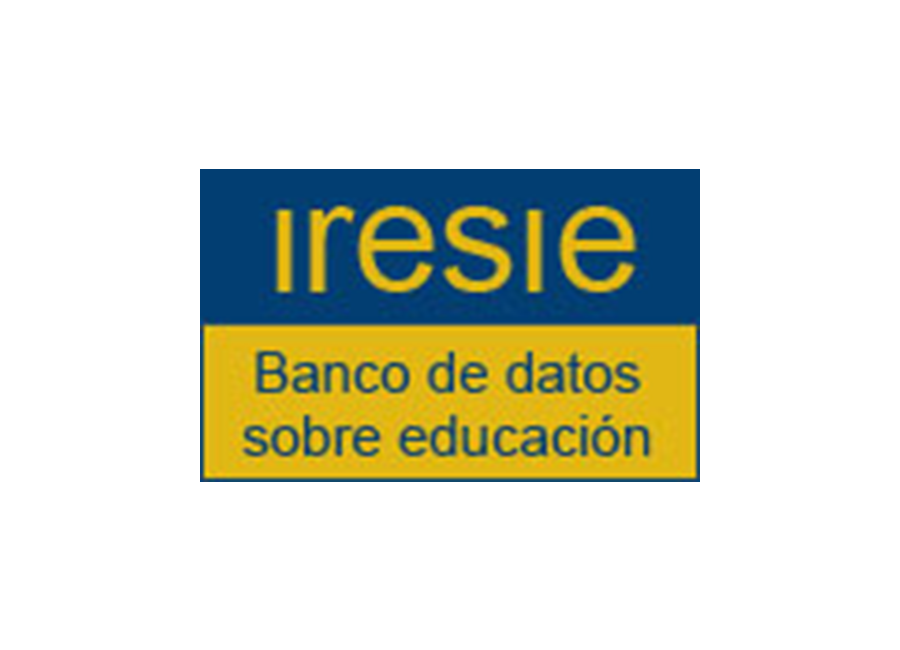"Bienvenido a la escuela": experiencias escolares de alumnos transnacionales en Morelos, México/“Bienvenido a la escuela”: The school experiences of transnational students in Morelos, Mexico
Keywords:
estudiantes transnacionales, escuelas mexicanas, rupturas pedagógicas, experiencias escolaresAbstract
Si bien el flujo migratorio de retorno de menores migrantes internacionales que se desplazan con sus familias de Estados Unidos a México se incrementó desde 2010 (Giorguli y Gutiérrez, 2011; Passel, Cohn & González-Barrera, 2012), la literatura en este tema es escasa, en especial aquella que abarca las experiencias escolares de alumnos transnacionales desde su perspectiva personal. Esta investigación, iniciada en 2012 en el estado de Morelos, tiene el objetivo de trazar las trayectorias escolares de niños y adolescentes migrantes en su recorrido por las escuelas mexicanas así como los retos y desafíos que experimenta esta población, en términos de procesos administrativos, diferencias pedagógicas y lingüísticas entre los maestros mexicanos y los alumnos transnacionales, percepciones que tienen los directivos y docentes sobre los menores migrantes, y dinámicas de exclusión escolar que se ven reflejadas en el abandono temporal de la escuela. El estudio da seguimiento a diez alumnos transnacionales que se incorporaron por primera vez a escuelas en territorio mexicano. Algunos han repetido años escolares, otros han abandonado la escuela durante un año, mientras que algunos de los alumnos con nacionalidad americana han regresado a Estados Unidos para continuar con su trayectoria escolar.
Downloads
References
Bustamante, J. J. & Alemán, C. (2007). Perpetuating split-household families. The case of Mexican sojourners in Mid-Michigan and their transnational fatherhood practices. Migraciones Internacionales, 4(1), 65-86.
Conapo (2011). Índices de intensidad migratoria México-Estados Unidos 2010. Recuperado de http://www.conapo.gob.mx/swb/CONAPO/Indices_de_intensidad_migratoria_Mexico-Estados_Unidos_2010
Dreby, J. (2010). Divided by borders. Mexican migrants and their children. Berkeley: University of California Press.
Escobar, A., Bean, F. y Weintraub, S. (1999). La dinámica de la emigración mexicana. México: CIESAS.
Escobar, A., Lowell, L. & Martin, S. (2013). Binational dialogue on Mexican migrants in the US and in Mexico. México: CIESAS/Georgetown University.
Gaitán, L., Díaz, M., Sandoval, R., Unda, R., Granda, S. y Llanos, D. (2011). Los niños como actores en los procesos migratorios. Implicaciones para los proyectos de Cooperación. Madrid: Universidad Complutense de Madrid.
Giorguli, S. y Gutiérrez, E. (2011). Niños y jóvenes en el contexto de la migración internacional entre México y Estados Unidos. Coyuntura Demográfica, (1), 21-25.
Hamann, E. T. (2001). Theorizing the soujourner student (with a sketch of appropriate school responsiveness). En M. Hopkins & N. Willmeier (eds.). Negotiating transnationalism: Selected papers on refugges and immigrants (32-71). EUA: American Anthropological Association.
Hamann, E. T. & Zúñiga, V. (2011). Schooling and the everyday ruptures. Transnational children encounter in the United States and Mexico. En C. Coe, R. Reynolds, D. Boehm, J. Hess & H. Rae (eds.). Everyday ruptures. Children, youth, and migration in global perspective (141-160). EUA: Vanderbilt University Press.
Hamann, E. T., Zúñiga, V. & Sánchez, J. (2006). Pensando en Cynthia y su hermana: Educational implications of U.S./Mexico transnationalism for children. Journal of Latino and Education, 5(4), 253-274.
Hamann, E. T., Zúñiga, V. & Sánchez, J. (2010). Transnational students’ perspectives on schooling in the United States and Mexico: The salience of school experience and country of birth. En M. Ensor & E. Gozdziak. Children and migration, at the crossroads of resiliency and vulnerability (pp. 230-252). Nueva York: Palgrave Macmillan.
Hondagneu-Sotelo, P. (1999). Women and their children first: New directions in anti-immigrants politics. En S. Coontz, M. Parson & G. Raley (eds.). Everyday ruptures, children, youth, and migration in global perspective (pp. 288-304). Nueva York: Routledge.
Orellana, M. F., Thorne, B., Chee, A. & Lam, E. (2001). Transnational childhoods: The participation of children in processes of family migration. Social Problems, 48(4), 572-591.
Passel, J., Cohn, D. & Gonzalez-Barrera, A. (2012). Net migration from Mexico falls to zero-and perhaps less. Washington, DC: Pew Hispanic Center.
Pedraza, S. (1991). Women and migration: The social consequences of gender. Annual Review of Sociology, 17, 303-325.
Ramírez, T. y Meza, L. (2011). Emigración México-Estados Unidos: balance antes y después de la recesión económica estadounidense. En Conapo (ed.). La situación demográfica de México (pp. 241-259). México.
Román-González, B. y Zúñiga, V. (2014). Children returning from the U.S. to Mexico: School sweet school? Migraciones internacionales, 7(4), 277-286.
Román-González, B., Carrillo, E. & Hernández-León, R. (2016). Moving to the ‘Homeland’. Children’s narratives of migration from the United States to Mexico. Méxican Studies, 32(2), 252-275.
Sánchez, J. y Zúñiga, V. (2010). Trayectorias de los alumnos transnacionales en México. Propuesta intercultural de atención educativa. Trayectorias, 12(30), 5-23.
Sandoval, R. y Zúñiga, V. (2016). ¿Quiénes están retornando de Estados Unidos a México? Una revisión crítica de la literatura reciente (2008-2015). Mexican Studies, 32(2), 328-356.
Yarwood, R. & Tyrrell, N. (2012). Why children’s geographies? Geography, 97, 123-128.
Zúñiga, V. & Hamann, E. T. (2014). Going to a home you have never been to: the return migration of Mexican and American-Mexican children. Children´s Geographies, 12(4), 1-13.
Zúñiga, V., Hamann, E. T. y Sánchez, J. (2008). Alumnos transnacionales, escuelas mexicanas frente a la globalización. México: Secretaría de Educación Pública.
Zúñiga, V. & Vivas, M. (2014). Divided families, fractured schooling in Mexico: Educational consequences of children exposition to international migration. Cahiers, CEMCA, (6), 3-18.
Downloads
Published
Issue
Section
License
This work is licensed under a Creative Commons Attribution-NonCommercial 4.0 International license.
Authors who publish in Sinéctica agree to the following terms:
The authors retain copyright and grant the journal the right of first publication of the authorized work simultaneously under a Creative Commons Attribution License, which allows others to share the work as long as both the authorship of the work and the initial publication in this journal are acknowledged.
Authors may enter into additional separate contractual agreements for non-exclusive distribution of the published version of the journal (e.g., publishing in an institutional repository or a book), with acknowledgement of initial publication in this journal.
Authors are allowed to publish their work in institutional repositories or on their own website before and during the submission process, as it may generate productive exchanges, as well as earlier and greater citation of the published work.
Explanatory note: As of 2017 Sinéctica is governed by the Creative Commons Attribution Non-Commercial 3.0 International License, a version that standardizes licenses internationally.
Articles published between 1992 and 2016 are covered by a Creative Commons Attribution-NonCommercial-NoDerivatives 4.0 International license, which allows a work to be shared and distributed non-commercially and with acknowledgement of the author, but prohibits modification of the original creation.




